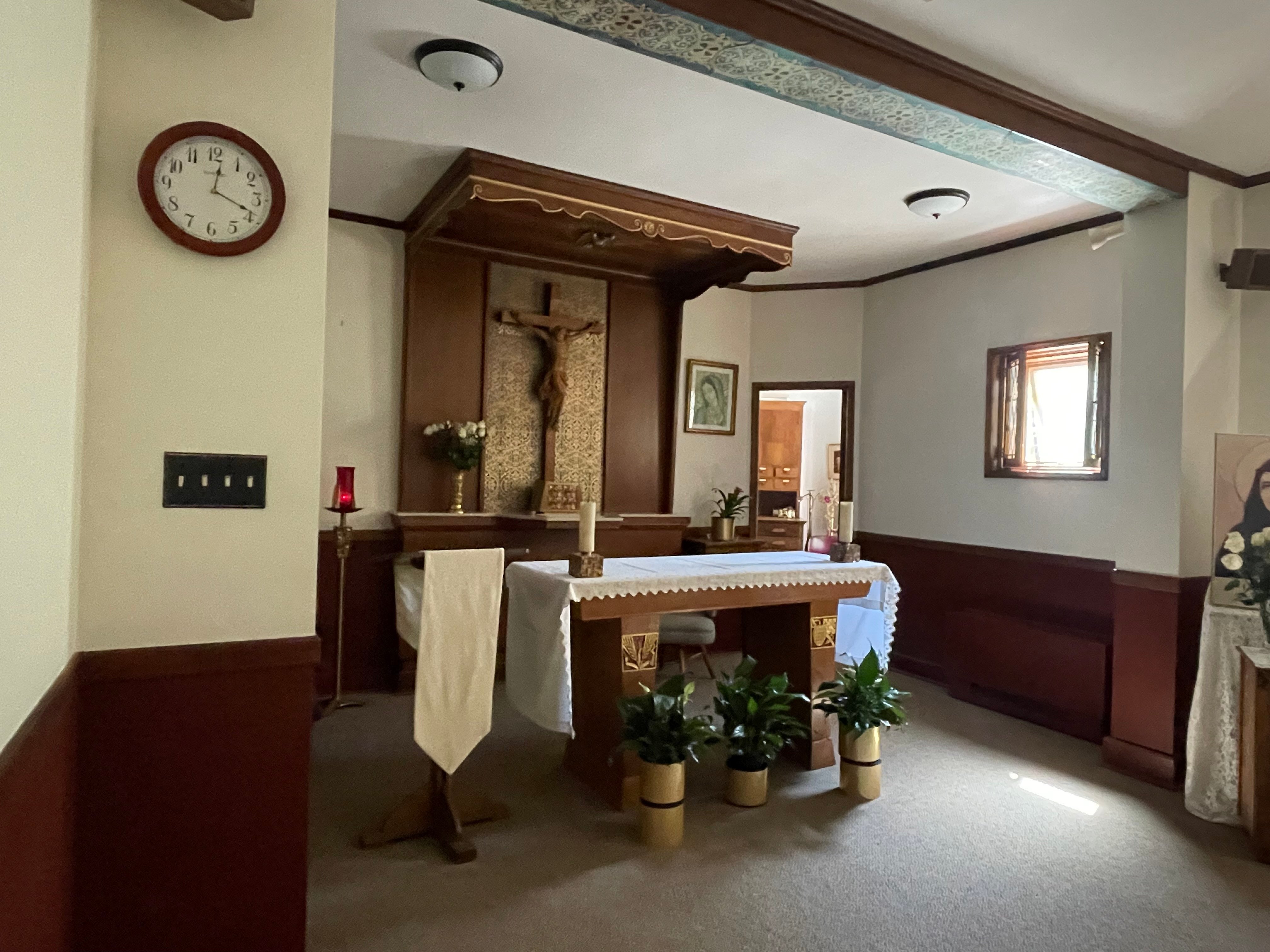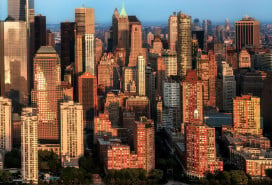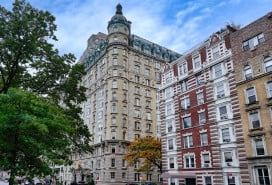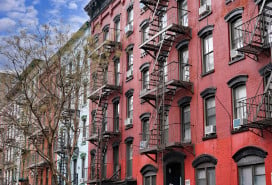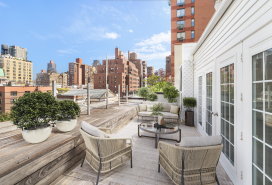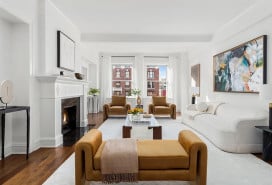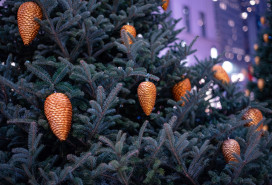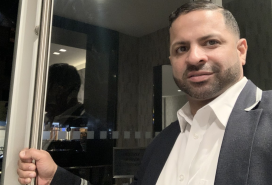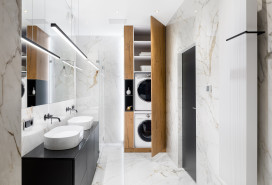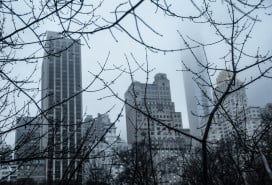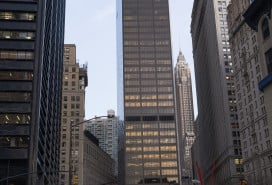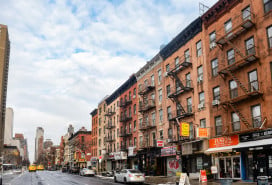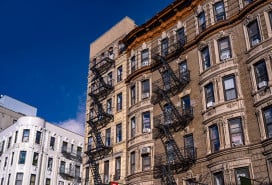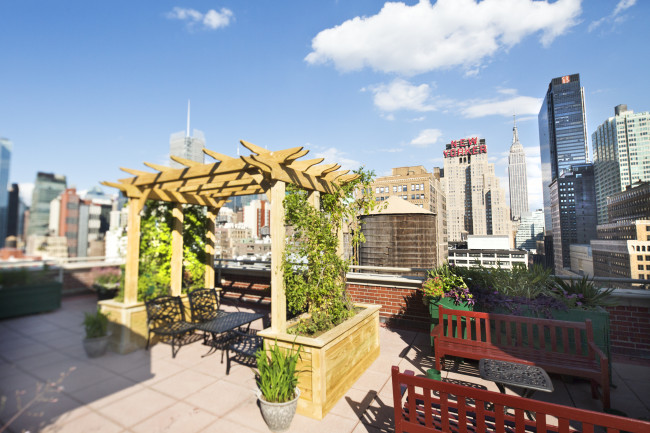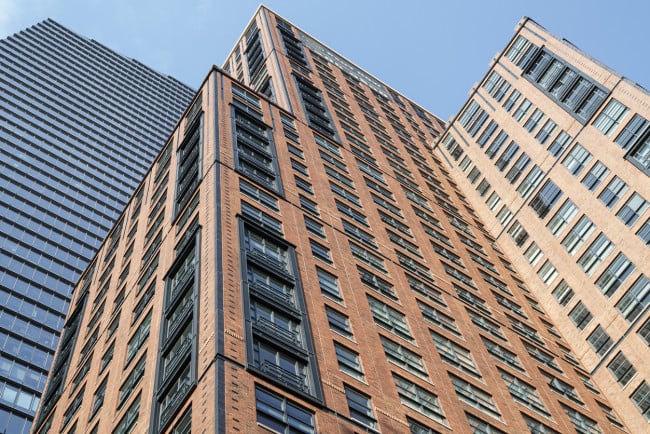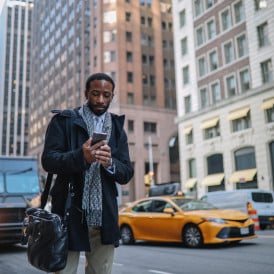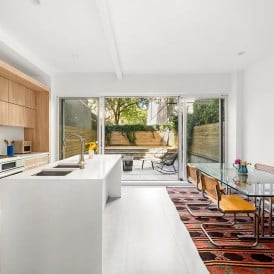Women-only boarding houses: The low-rent NYC housing option you've never heard about
- NYC was once home to many women’s boarding houses, built for the city’s factory workers
- Only a handful remain today offering low rents with dorm-style living and strict house rules
- At Centro Maria in the Bronx, tenants pay up to $210 per week for a single room
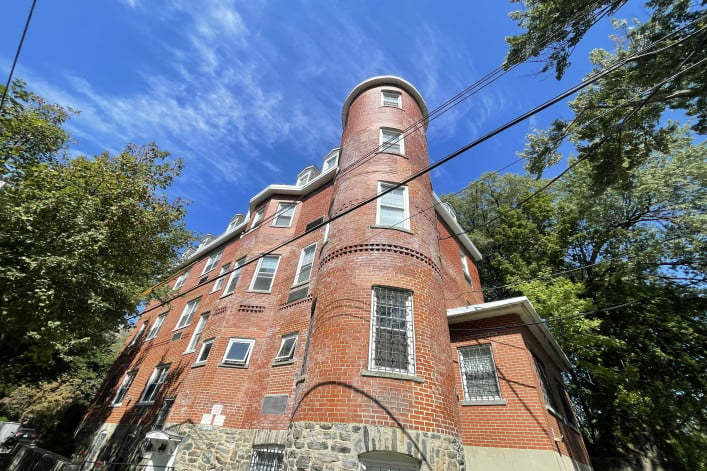
Boarding house Centro Maria reopened in Spuyten Duyvil in the Bronx after closing its Hell’s Kitchen location during the pandemic.
Brick Underground/Celia Young
At the end of a tree-lined street in the Bronx stands what looks like a red-brick castle. But instead of royalty, the four-story building houses women from all over the world, looking to live comfortably (and cheaply) at one of the last women’s boarding houses in New York City.
Centro Maria, a boarding house run by a group of Catholic nuns, hosts 22 women at the building in Spuyten Duyvil, a neighborhood dotted with apartment buildings and Tudor-style homes. The women who live there pay $210 per week for a single bedroom or $190 for a shared room, making Centro Maria one of the cheapest places to live in NYC. (In the five boroughs, there are no rentals on the market for less than $1,250, according to StreetEasy.)
“We are privileged to be here,” said Jeralene Maria, a student who in the beginning of September moved to Centro Maria from India.
The residents are privileged in more ways than one; Centro Maria nearly shut down in 2020 amid the pandemic, as Catholic Charities looked to sell their original building in Hell’s Kitchen, The City reported. The Sisters of Mary Immaculate had to find a temporary home in Mount Vernon until 2022, before they landed at the red-brick, Bronx building at 3103 Arlington Ave., said Sister Rita, one of the nuns who runs Centro Maria.

Few boarding houses remain
The Arlington Avenue building has allowed the sisters to keep hosting women from all over the world, making it one of the few remaining women’s boarding houses in NYC. In Manhattan, you can only find a handful left: St. Agnes Residence on the Upper West Side, St. Mary’s Residence of New York on the Upper East Side, and Saint Joseph’s Immigrant Home in Hell’s Kitchen. In Downtown Brooklyn, the Webster Apartments (a former Hell’s Kitchen spot) still takes women boarders after reopening this year.
This small crop of boarding houses provide a “stepping stone,” for young women, many of whom move to the U.S. to study, work, or even pursue acting, said the building super at Saint Joseph’s Immigrant Home, who declined to give his name because he was not authorized to speak to Brick Underground.
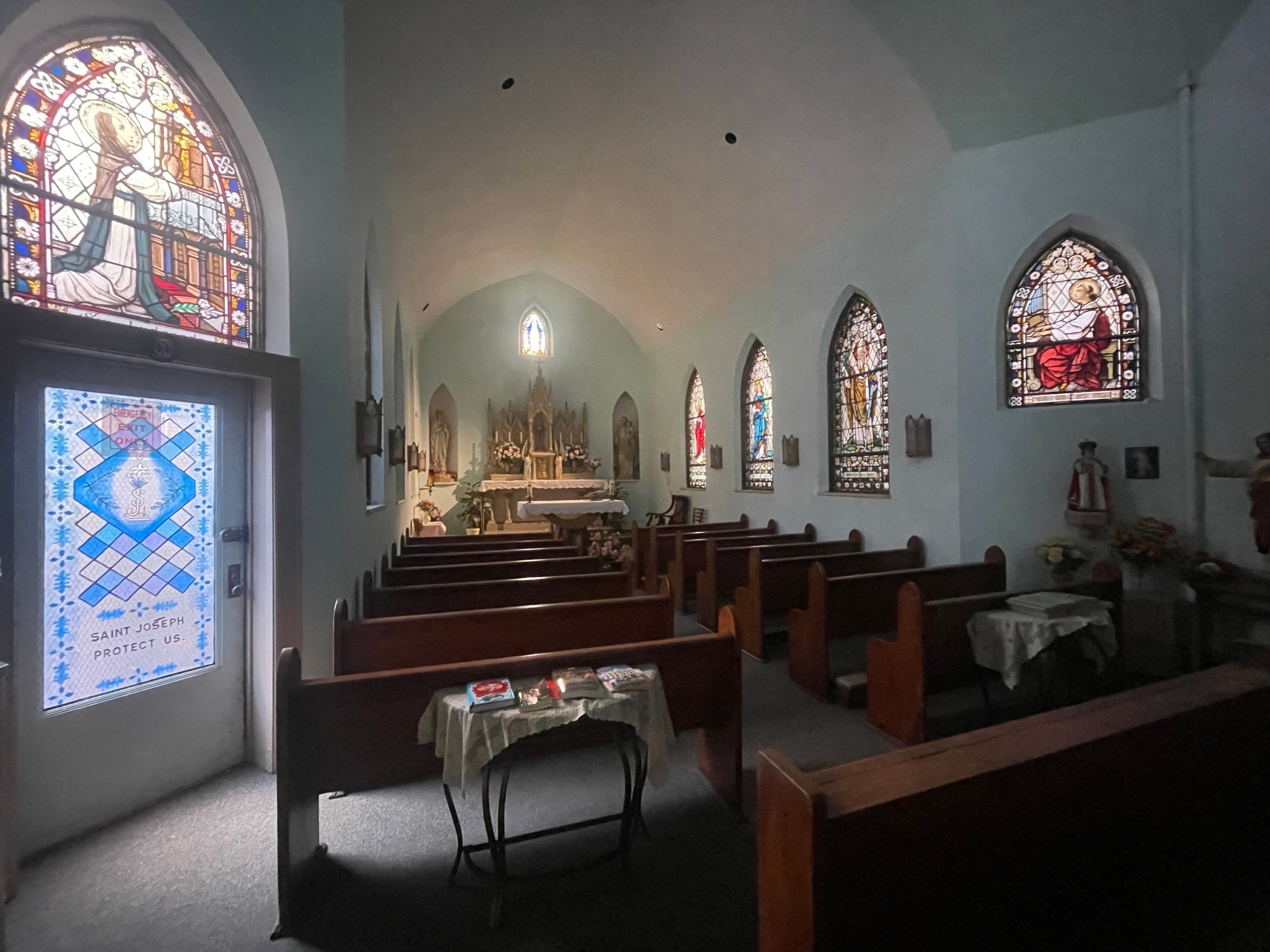
Women’s boarding houses used to be far more popular in NYC. Beginning in the 1860s, a group of wealthy Christian women retrofitted middle-class, NYC homes to house factory workers, seamstresses, shop girls and other working women for a low cost—with some caveats. These lodgings came with strict rules for these unmarried women, including mandatory morning prayer, a 10 p.m. bedtime, and a ban on guests outside the parlor, according to the New York Historical Society.
By 1891, the Young Women’s Christian Association of New York City had erected the first building specifically for single working women in what’s now the Union Square neighborhood of NYC. (In classic New York fashion, it’s now a hotel and private club.) Yet again, the boarding house emphasized strict house rules meant to encourage tenants' “moral character,” per the Historical Society.
Today, the few women’s boarding houses that remain are slightly less restrictive, and far cheaper, than the city’s market-rate apartments, making them a good option for some renters.
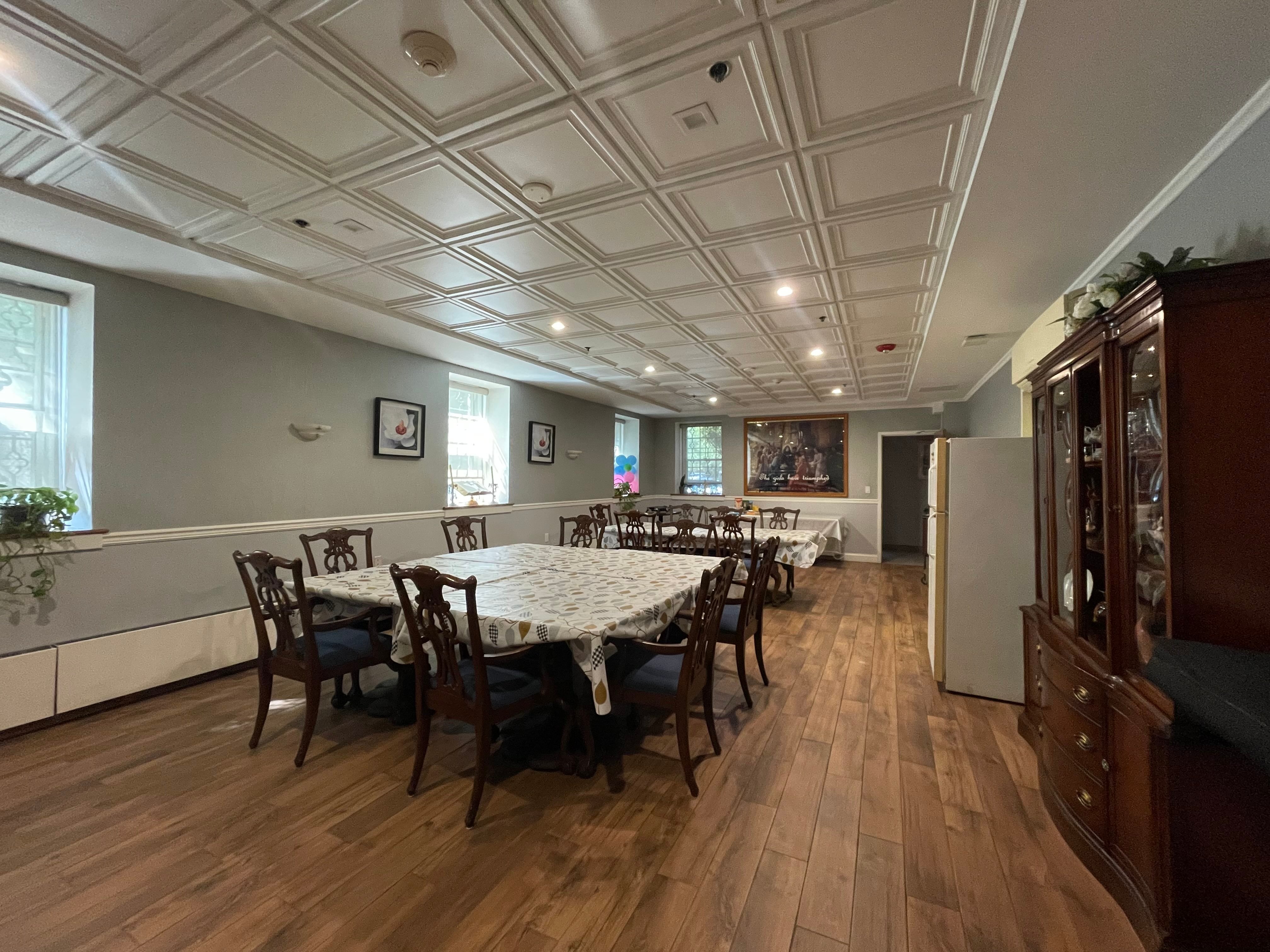
Modern amenities, vintage prices
At Centro Maria, each room is lightly furnished with a bed and desk, and the residents have access to laundry, a communal kitchen, and a study room. Bathrooms can be shared or private depending on the room.
The nuns—some of whom are in their 90s—cook breakfast each day for the tenants, take out the trash, clean the building, and host parties so the women can get to know one another, Sister Rita said. (Brick Underground spotted a karaoke machine in the dining room.)
“The atmosphere is familiar,” Sister Rita said. “We know each other. And we see [the residents] in the dining room in the morning, because the sisters are the ones preparing the breakfast.”
The sisters also ensure the residents return by curfew. Residents have to be back at Centro Maria by 11:30 p.m. Monday through Thursday and Sunday, and midnight on Friday and Saturday, Sister Rita said. And those resident parties don’t include alcohol, though Maria didn’t mind. (She gave the breakfast rave reviews, too.)
“It’s like a family connection. The sisters are always there to check on you,” Maria said. “You’re not lost, because New York is kind of a lost place.”
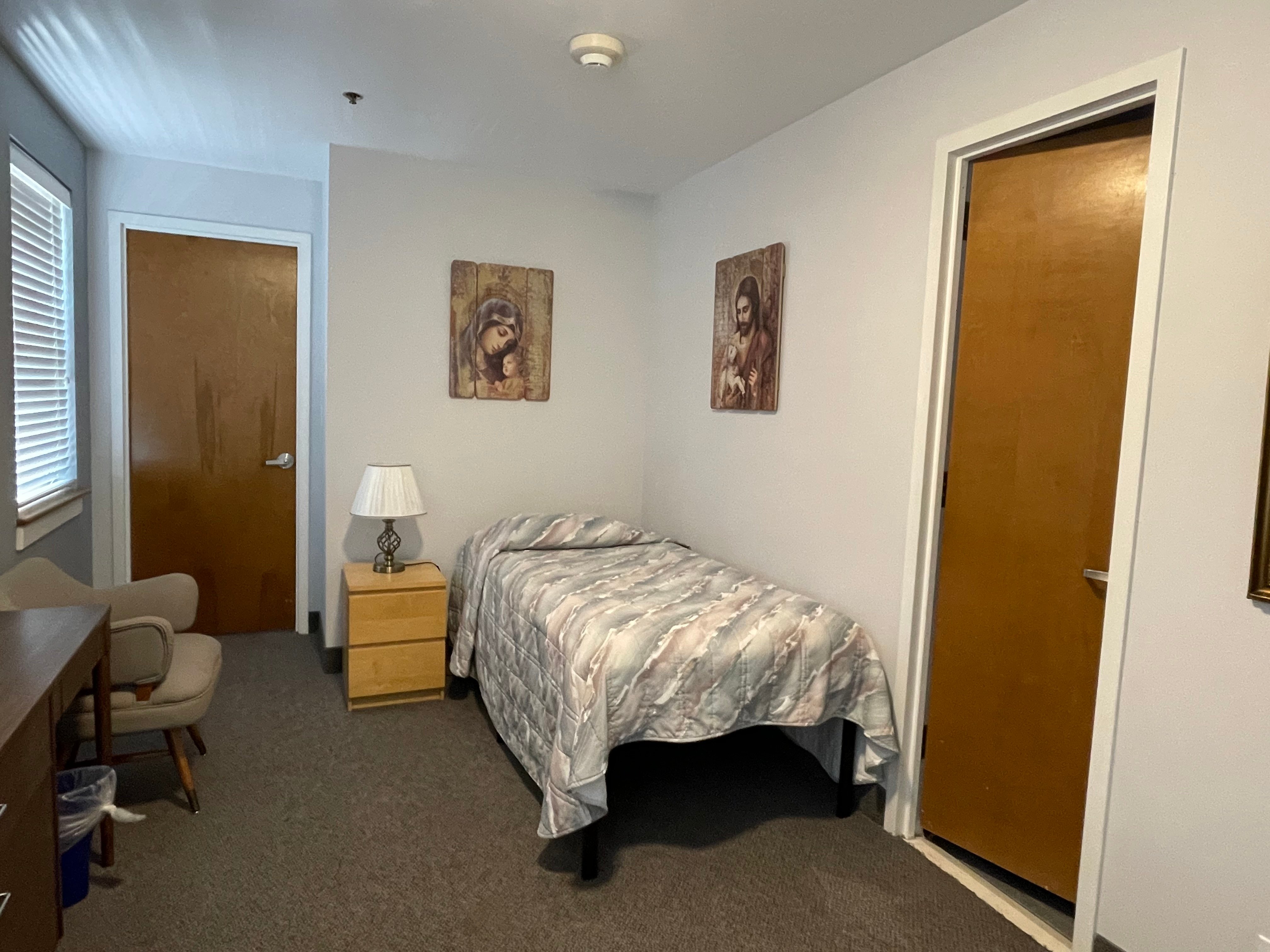
Rules are still commonplace at other NYC boarding houses, but they’re less restrictive than their 1800s predecessors, which restricted admission to women of “good moral character,” according to the New York Historical Society.
For example, the Webster apartments, where the cheapest room now rents for $2,000, tenants are allowed to have overnight guests with pre-approval. At Centro Maria, guest rooms are available for residents’ family members at $45 per day, Sister Rita said. But at Saint Joseph Immigrant Home, no men are allowed in the building other than family members, said the building’s super.
But if you’re willing to live by the rules, women’s boarding houses are often far more affordable than market-rate apartments, especially compared to Manhattan, where the median rent hit $4,600 per month for new leases signed in August. And to Maria, the feeling of having a community away from her family in India is priceless.
“We are like a family together under the care of the sisters,” Maria said. “Here you feel more protected, safe, and in a home away from a home.”
